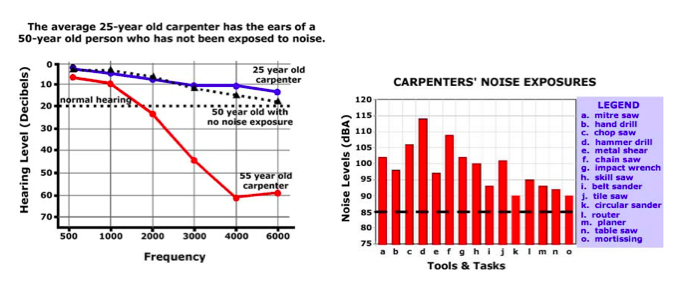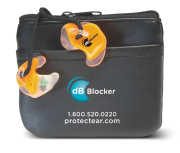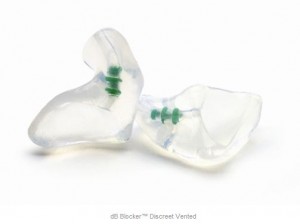Noise/Hearing Loss during flight operation
According to the CDC Occupational hearing loss is one of the most common work-related injuries in the United States. There are many sources of noise during flight operations.
Some of the sources of aircraft noise?
- On the ground, aircraft engines, takeoff preparations, and braking are sources of noise on aircraft.
- When airborne, the aircraft engines and high speed turbulence over the fuselage are the largest sources of noise on aircraft. Announcements and mechanical noises from food and beverage service are other sources of noise.
- Hearing protection, especially during takeoff and landing, is one option for reducing these exposures.
Below we have included an Article on Commercial Aviation:
Pilots’ and Flight Attendants’ Exposure to Noise aboard Aircraft addressing the noise and noise levels that happen at different times of exposure.
Airline pilots and flight attendants, working in the cockpit and cabin, are exposed to noise as a routine part of their jobs. This noise may come from aircraft engines during takeoff and landing or from high-speed air flow over the fuselage during flight. Exposure to elevated noise levels can cause permanent changes in hearing, diminished ability to communicate, and non-auditory effects such as fatigue. The Occupational Safety and Health Administration (OSHA), which sets and enforces standards related to working conditions,1 established a noise exposure standard that requires employers to take certain actions when an employee’s noise exposure reaches a level deemed to be unsafe.2 The Federal Aviation Administration (FAA) assumed responsibility for the safety and health aspects of cockpit and cabin crewmember working environments in1975,3 but in 2013, FAA announced in a policy statement that OSHA would have authority to enforce its occupational noise exposure standard in the cabins of aircraft in operation, where flight attendants work.

You asked us to provide information on noise levels experienced by crewmembers on commercial service aircraft and their access to hearing protection.
We examined:
(1) what is known about aircraft cabin and cockpit noise levels compared with occupational noise exposurestandards and (2) selected airlines’ policies on hearing protection for crewmembers. To address these objectives, we reviewed FAA’s regulations and guidance pertaining to interior aircraft noise, the occupational noise exposure standard from OSHA, and the recommended occupational noise exposure limit from the National Institute for Occupational Safety and Health(NIOSH).
Results in Brief
While information on aircraft noise is limited, the studies and data we reviewed suggest that aircraft cabin and cockpit noise levels likely do not exceed the OSHA standard. Of the 10 studies that we reviewed, none found noise levels that clearly exceeded this standard. FAA and OSHA have received few complaints from crewmembers related to aircraft noise levels. For example, crewmembers submitted two complaints about ambient aircraft noise levels to OSHA since the FAA policy statement was issued in 2013, and no reports related to aircraft noise were submitted to FAA’s safety and oversight-related databases in the last 5 years.
Airlines and aircraft manufacturers that we interviewed told us that noise measurements taken in their aircraft are below the OSHA standard. However, officials from labor groups representing pilots and flight attendants told us that while noise levels likely do not exceed the OSHA standard, they believe crewmembers nonetheless are sometimes exposed to unsafe levels of noise that could result in hearing loss or fatigue.
Officials from all eight of the airlines we spoke with said that they allow pilots to wear hearing protection equipment, such as noise-reducing headsets, and officials from five of these airlines said they allow flight attendants to wear earplugs, in aircraft in operation. According to officials from three of the crewmember labor groups we interviewed, use of this equipment appears to be limited. Officials from the pilot labor groups we spoke with said noise-reducing headsets can be expensive or uncomfortable, and some models are not compatible with some aircraft communications systems.We are not making any recommendations in this report.




